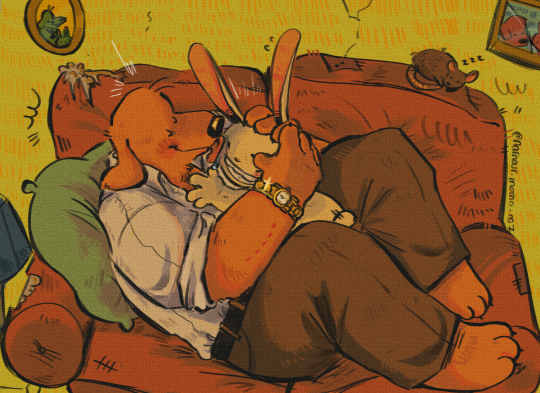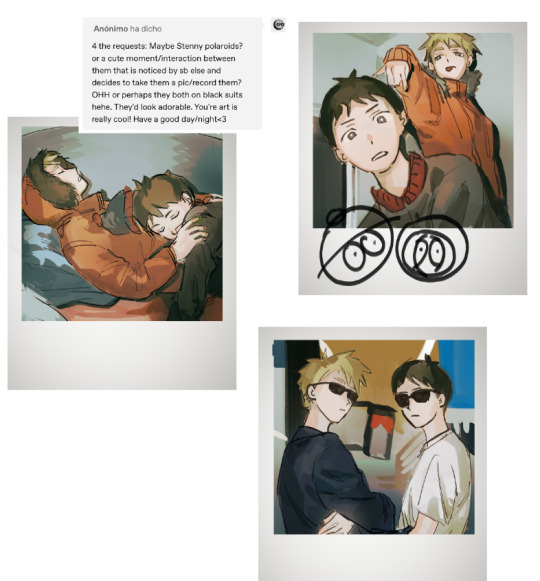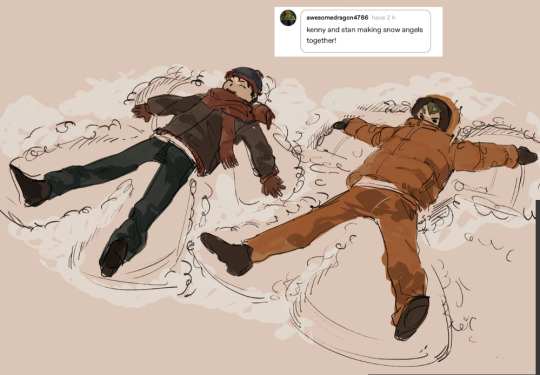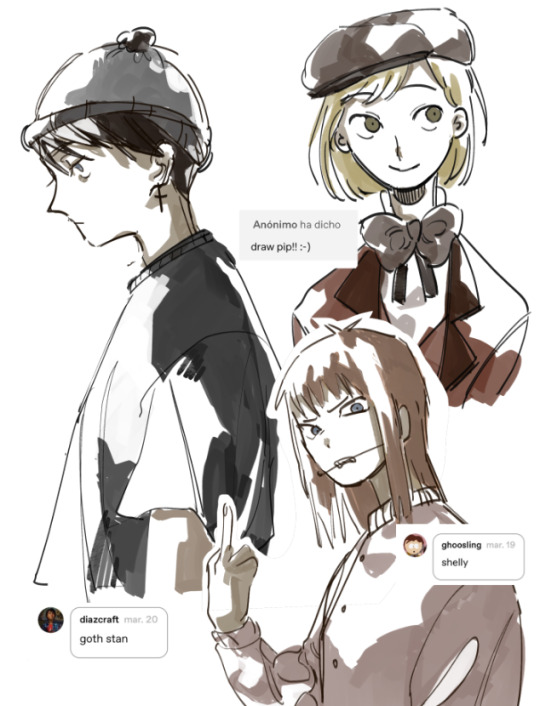linorysdoodles
40 posts
side blog where I leave fanart of cartoons or whatever fanart I make that isn't animu bois. Main blog @linory1 |Esp/Eng|21|
Don't wanna be here? Send us removal request.
Text

Idk if y'all understand how much these guys mean to me
2K notes
·
View notes
Text

#adventure time#fanart#digital art#warm and comfy#finn the human#jake the dog#bmo#hora de aventura#warm#sunny
925 notes
·
View notes
Text


sanguchito chanwichito
23 notes
·
View notes
Text

I love when an IP is so fucking old and ironclad and its core modern audience is so indecipherable and hard to easily segment that their social team just does whatever
22K notes
·
View notes
Text
we need more divorcebaiting. how strongly can canon imply (without technically outright stating) that these two characters are bitterly, acrimoniously divorced? essential we explore this
59K notes
·
View notes
Text

south park laptop wallpaper and icons, anyone? xD
79 notes
·
View notes
Text
184 notes
·
View notes
Text

7 notes
·
View notes
Text

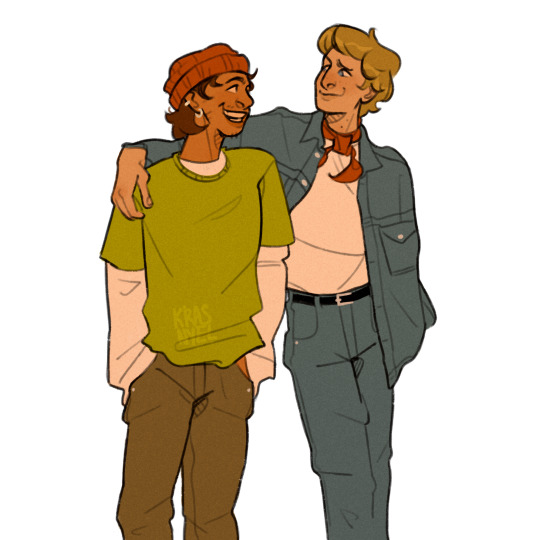
can y’all watch them while i’m gone
12K notes
·
View notes
Photo

My Full Piece for the @spstylezine ! !
Buy stickers and the full zine here!
Proceeds will go to the grassroots organization “Keshet”! Donations close soon so please donate if you can 💙💚!
3K notes
·
View notes
Text
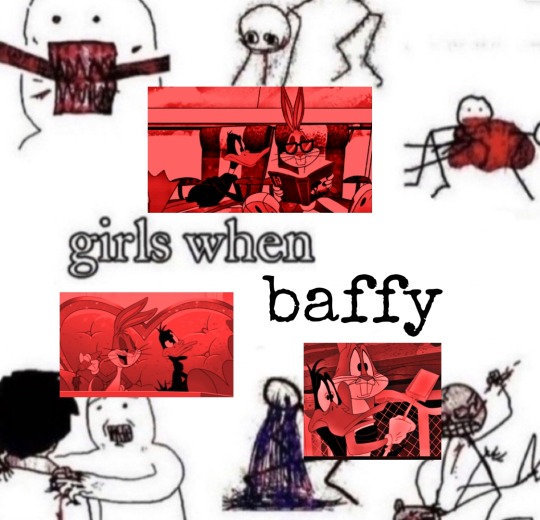
im doing it for the bit. right? this is just for the bit.
5K notes
·
View notes

